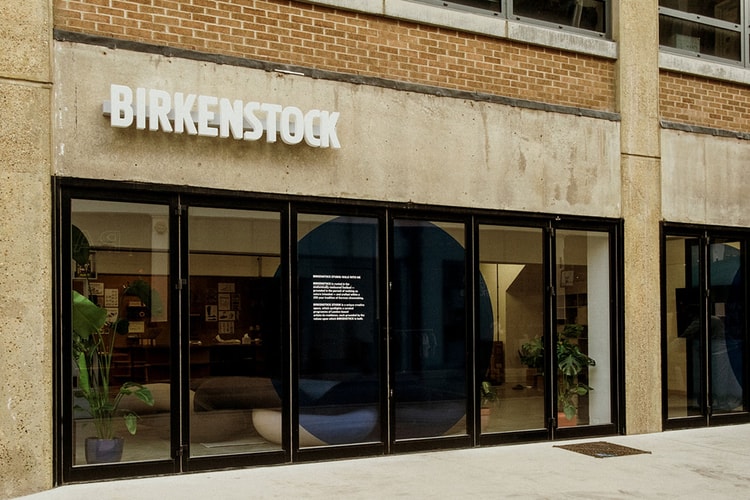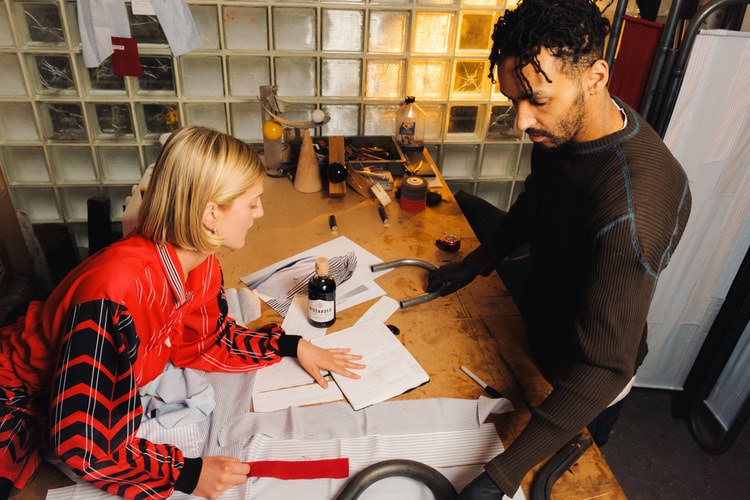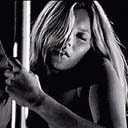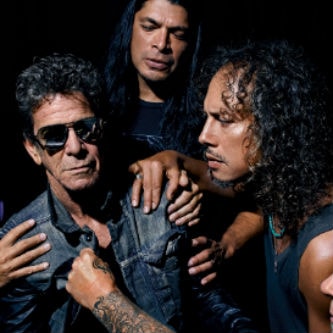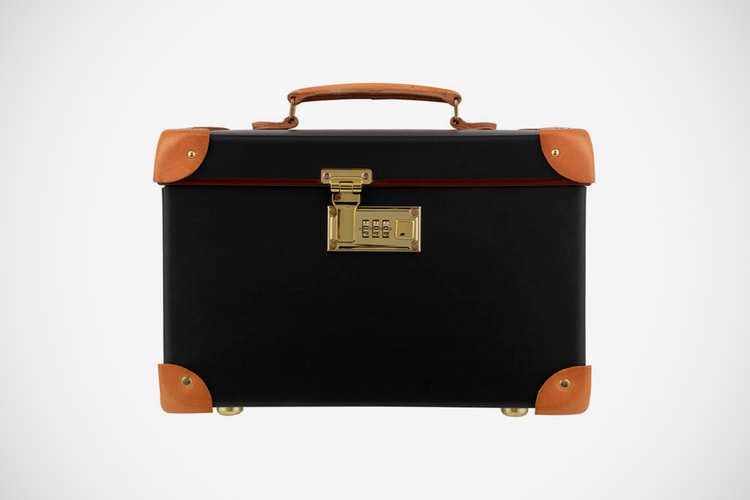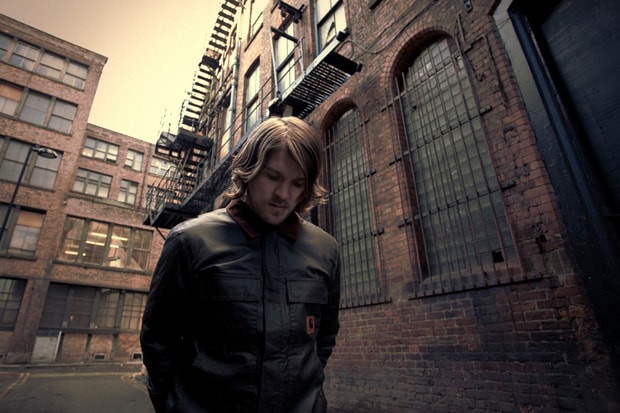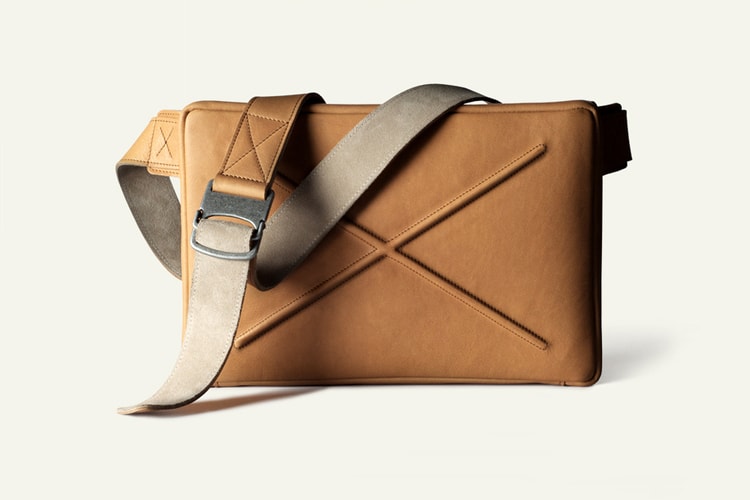Korean Creatives: Kyungbin Chon of FITBOW Kollektiv
Despite the look provided into FITBOW seen above, the brand’s founder Kyungbin Chon comes from

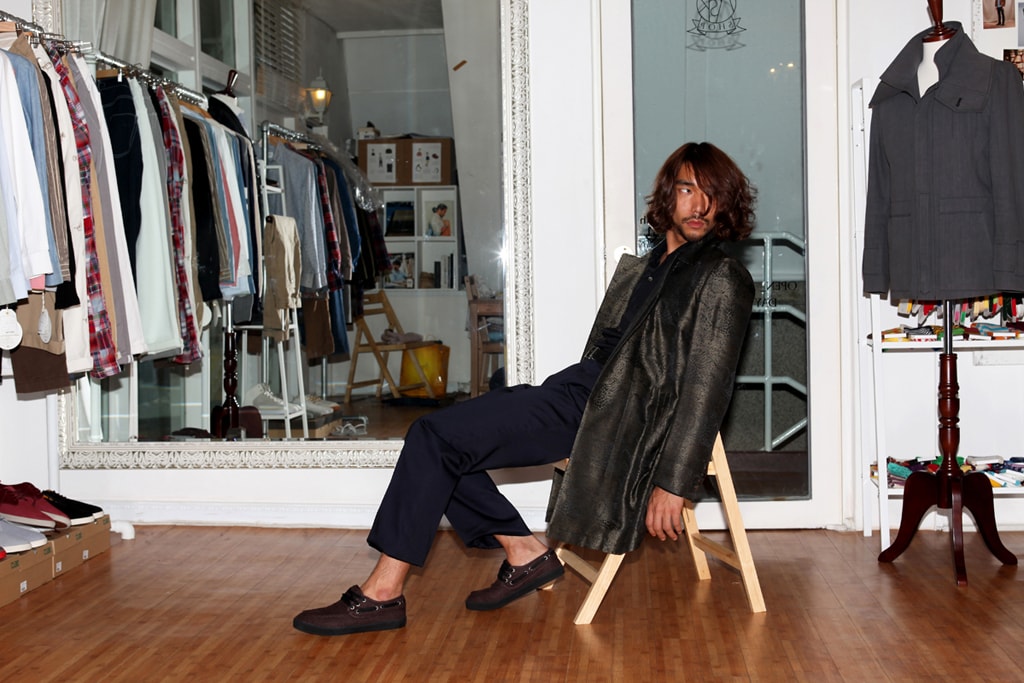
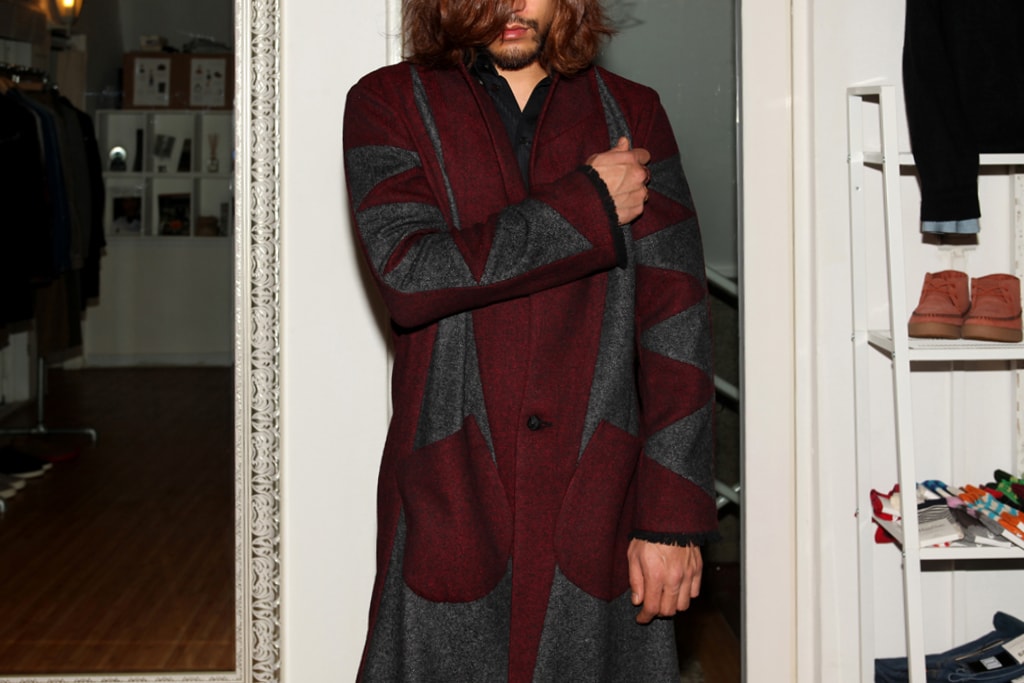
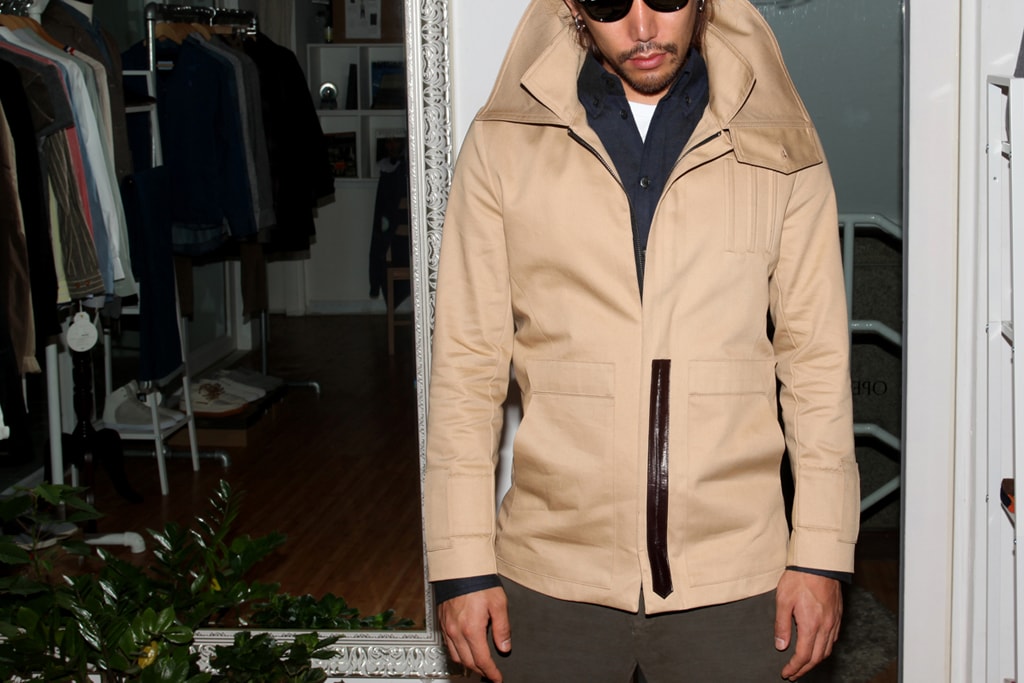
Despite the look provided into FITBOW seen above, the brand’s founder Kyungbin Chon comes from unconventional beginnings. An integral part in the growth and development of Korea’s hip-hop scene, Chon would eventually embark on something often disassociated with hip-hop in the form of clothing design. Given the opportunity to speak with Chon and seeing his apparel first hand, his approach is very much unlike many of his Korean peers. His design inspirations are derived from Korean culture, while many fellow Koreans are very much entrenched in the conceptualization of their lines thanks to outside influences. An underlying theme seems to be that South Korea seems to have all the tools for prosperity but is yet to find its proper direction. However, these are issues that are more a matter of time and something Korea will certainly overcome in the future.
Can you introduce yourself and what you do?
I’m Kyungbin Chon and I am the founder and the creative director of FITBOW Kollektiv. I started FITBOW in 2004 and the brands under FITBOW Kollektiv now include FITBOW (high-end mens label), ARKESTRA (mens sub-label) and CHOKONTE (our recently launched womens line). Key members of FITBOW Kollektiv are Kyungkeun Chon (co-founder and my brother), Sejin Kwon (designer and creative director of CHOKONTE), Dada Gum (photographer and creative advisor for FITBOW Kollektiv), U’noo Kim (DJ and program curator), Won Joon Chung, Seoyeon Chung (marketing) and Daehan Kim (photographer).
Your initial start in Korea’s creative scene was through music and hip-hop, how did you get into that?
Hip-hop music has gone through many changes, from the very early years (DJ Kool Herc, Grandmaster Flash, Afrikaa Bambaataa, Sugarhill Gang and so on) to the ’80s (Run-D.M.C, N.W.A, Eric B. & Rakim, Public Enemy, Dr. Dre, Gang Starr, Roots, Nas, Black Star, etc.). At first, there was break dance hip-hop but soon it developed into various sub-genres and started to carry meaningful messages that reflect how hip-hop artists and MCs were thinking at that time. Although I’m not involved in the Korean hip-hop scene any more, hip-hop music is and has always been an important source of inspiration for me. To me, the fashion industry in general seems to be only concerned with aesthetics and functionalities. Apart from aesthetic aspects, I wanted to approach clothes as a medium to spread ideas and values that I think are important. If hip-hop artists expressed their ideas and messages through their words and music, I wanted to do the same through my clothes and designs.
How and why did you move into high fashion?
Actually, I never considered what I do with FITBOW as a high fashion. There used to be a clear distinction between street-based fashion and high fashion but I think the distinction is becoming quite meaningless nowadays. And also with FITBOW, I did not want to create a brand that fits into a certain category only. In that sense, ‘hybrid’ might be a better word to describe FITBOW in general. For example, we launched the “Street Dream” series in 2005 and it could fit into street fashion category. But in the same year, we also did “Corset” shirts which could easily fit into high fashion category. I think this was possible because we don’t do collections but instead work based on projects. This might sound a little unconventional to some but at least we do not feel pressured to create a series of unnecessary designs and clothes that have to share a same theme all the way each season. I personally do not like the idea of categorizing when it comes to creating, and I think creators and artists in particular must try to break the walls that exist between the genres.
Is it hard to make a living in the arts in South Korea?
I think it wasn’t easy for the artists to make a good living in Korea especially in the past, when the country was concentrating all its efforts into improving the economy. Korea is a much more diverse and affluent country now and the general public’s interests in arts are different than 20-30 years ago for example. But I think there still needs to be some improvements in the arts community and its surrounding environment. Many countries may share the same problem but polarization of wealth between wealthy artists and poor artists is still so big in Korea.
A Korean identity factors a lot into your work. Why do you choose to look close to home for inspiration?
I did not have much choice about that. I was born in Korea and most of my life and social/cultural experiences were acquired in Korea. My childhood was spent in a very urban environment. For example, I’ve never done hunting or camping in a forest or lived near the beach. So I’m not familiar with the surfing culture that is now becoming popular in Korea. Also my parents never wore fancy ‘workwear’ and I’m not into military wear either. My experiences stem from Korea and blending Korean themes into my work just seem natural to me.
A lot of Korean designers seem to use more foreign inspiration, how do you feel about that?
As long as they keep their originality and develop their own style, I have nothing against them. Nowadays fashion editors and select shop buyers in Korea seem to expect more original and diverse designs in Korean fashion industry. However some of them are not very critical when it comes to accepting foreign lifestyle and fashion which I think have nothing to do with the lifestyles we have in Korea. And many buyers in Korea seem to favor local brands which mimic or imitate foreign brands which I often find contradictory. To me, design has to have certain roots and it should be original and true to itself. It is not just about how great it looks or how well things are made. The bottom line is that people should be able to feel consistency and sincerity when they see a certain work or design.
Do you think that Korean fashion has the ability to be well-known globally?
In the past European and Japanese styles were highly popular, and now I find new styles that derive from American classics are gaining more popularity in Korea. And we can see that effect when we see some of the current collections by many local brands in Korea. But I remain a little skeptical as to how close and how authentic these Korean brands can get when compared to Western brands. I think it’s very important to define and reinvent what is Korean fashion. For example, designers like Issey Miyake applied colors and details from Japan’s traditional costumes with such a flair that they were later described as “Japanese chic.” visvim also uses and blends many of Japan’s traditional elements to their clothes and also to the interior designs of their shops. Korea has its own unique brilliance when it comes to culture and tradition and I think it’s yet to be discovered when it comes to fashion.
What are some of the challenges you face as a designer in Korea?
Korea has a great manufacturing skills and we have a great number of talents. But some of them are using these skills and talents to make copy products which I think is shame. And the laws protecting copy rights are not realistic enough to prevent imitation products. When a musician releases an album, they don’t do season-off sale after 6 months. Instead, some albums increase their value as time goes on. Whereas in fashion, trends tend to play a larger role and off-season clothes are often regarded as unfashionable. Somehow I find this quite un-motivating.
Any last words?
Fashion is one of the most effective ways to express one’s identity and culture and it needs more diversity and experimental attitudes. I find that fashion nowadays is suffering from lack of clear direction when compared to the past. And I think the only way to overcome this challenge is to think more critically, be original and be honest to oneself.

